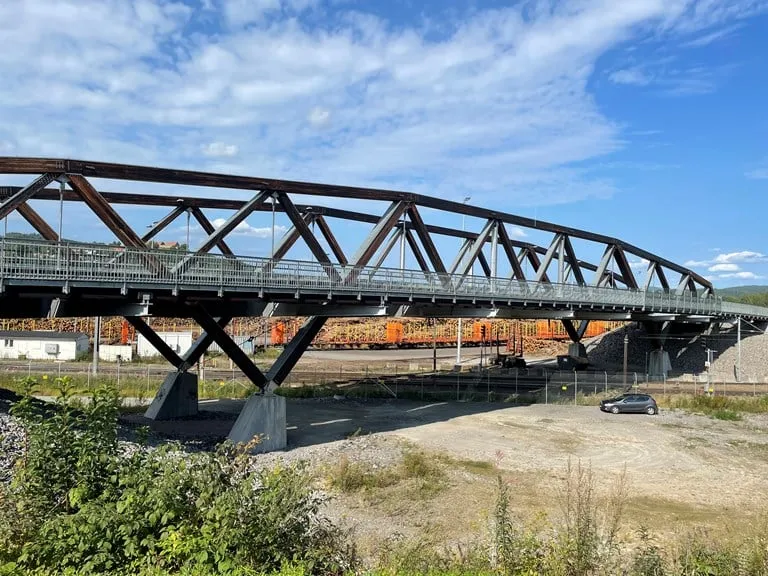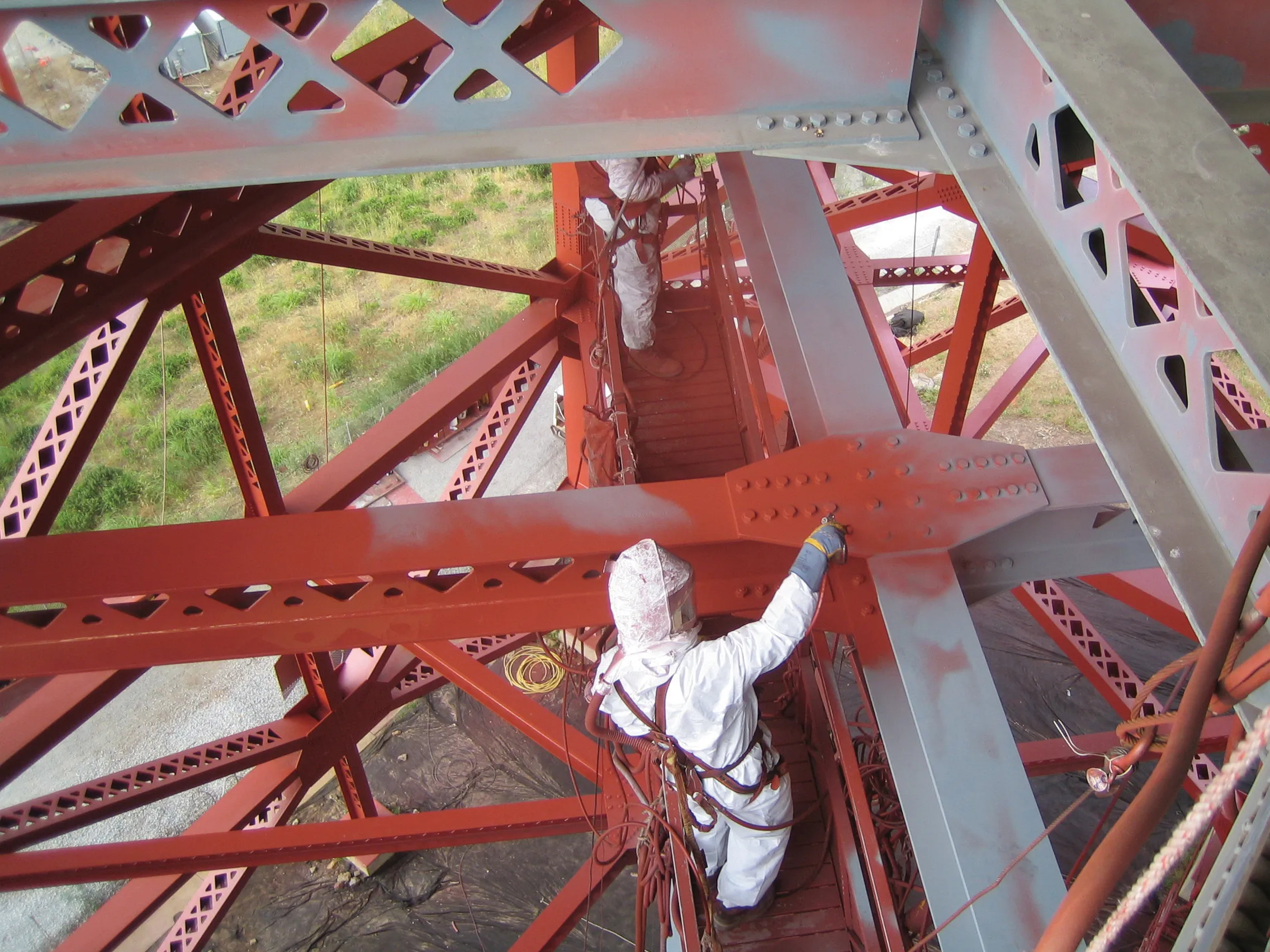
Statens Vegvesen says it is studying the impact of moisture and temperature on the Norsenga Bridge, one of 14 wooden truss bridges closed last year.
The bridges are on the E16 in Kongsvinger, near Oslo, which were closed after the wooden bridge at Tretten collapsed in August 2022. According to Statens Vegvesen, humidity and temperature may be affecting the load capacity of the bridge, which was reopened last September, but only to one-way traffic.
The study on one of the most is being done in conjunction with the Norwegian University of Science and Technology (NTNU).
According to Statens Vegvesen, the Norsenga Bridge is a priority structure because it has the most traffic of all the 14 bridges that were closed immediately after the collapse of the Tretten Bridge in 2022. The 150m-long, 10m-wide Tretten Bridge - only a decade old - broke in two, collapsing into the river, stranding two vehicles and their occupants. There were no casualties or injuries in the early morning accident on August 15, but one driver was airlifted to safety.
When the bridge was reopened last September, Statens assured the public the bridge is safe for traffic. But as a cautionary measure, it reduced the load by closing one of the two lanes. The bridge was reopened only after rigorous third-party inspections, said the administration.
The two-lane Norsenga Bridge, nearly 95m long, was opened in 2017 and has walking and cycling paths. It is divided into three spans and sits on pointed concrete piles, according to Nordic Steel Group which supplied material for the trusses. Around 710m³ glulam were supplied by Moelven for the construction and truss. In total, the Norsenga bridge weighs over 400 tonnes, divided into both wood and steel. It required 66tonnes of black steel and 70tonnes of Duplex in the delivery. Five of the transverse carriers are in black steel and four in the Duplex - these weigh between 6tonnes and 10tonnes each.
The massive glulam structures are interconnected with slit plates at the ends of the glulam beams. Slit fittings enable massive wood screws to keep the construction in place. Large bridge carriers in acid-resistant steel secure the structures.









